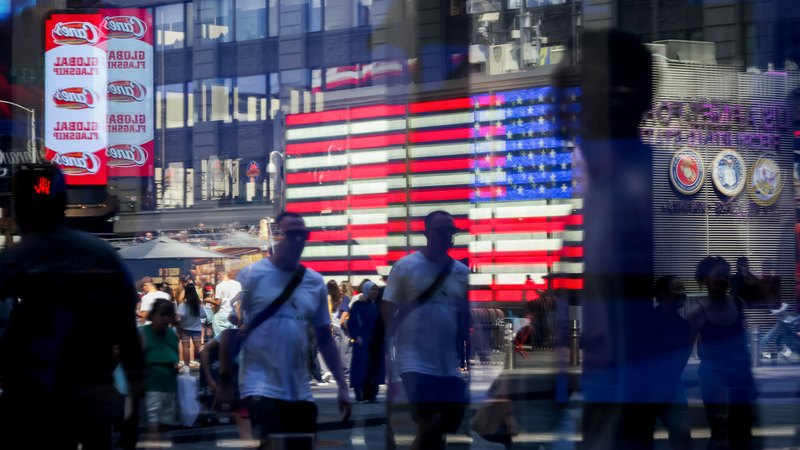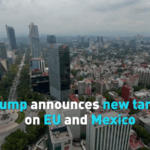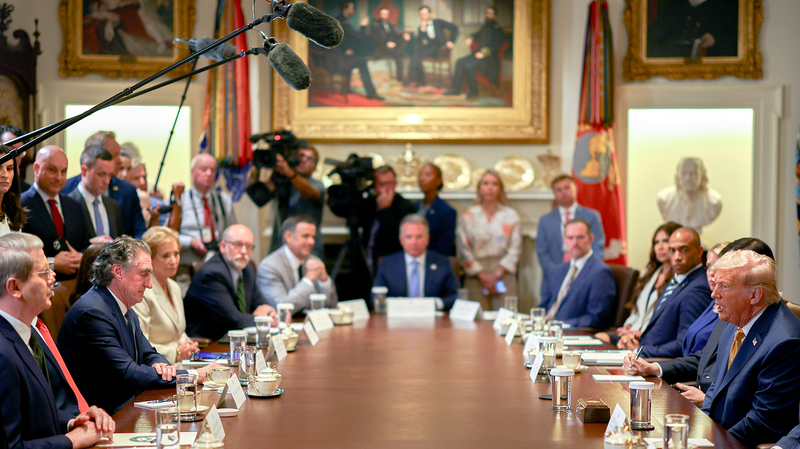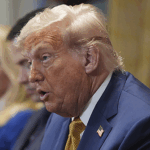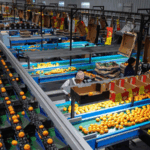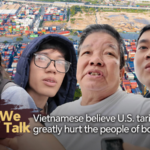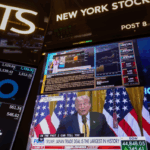U.S. President Donald Trump’s latest tariff hikes are sending shockwaves through the Global South, with countries like Brazil, Bangladesh, and South Africa facing steep new trade barriers. The move, set to take effect August 7, could reshape global trade dynamics—and leave vulnerable economies scrambling for solutions. 💥
Who’s Affected? 📉
Brazil faces a 50% tariff on most exports to the U.S., while Myanmar and Laos grapple with 40% rates. Bangladesh and Vietnam confront 20% hikes, and Pakistan’s exports will be taxed at 19%. For nations reliant on U.S. demand—like Bangladesh’s garment sector or South Africa’s platinum trade—the tariffs threaten to slash revenue and destabilize currencies. 📉
The Ripple Effect on Currencies 💹
Fewer exports mean fewer U.S. dollars flowing into these economies, risking currency devaluation. Countries like Pakistan and Egypt, already burdened by dollar-denominated debt, could see inflation spike as local currencies weaken. Analysts warn this could trigger a domino effect of debt crises. 🔥
Political Pressure or Economic Warfare? 🎯
Critics argue the tariffs aren’t just about trade balances—they’re a tool to extract political concessions. By targeting nations with differing geopolitical stances, the U.S. appears to leverage economic vulnerability to enforce compliance. The big question: Can the Global South unite to counterbalance this pressure? 🤔
What’s Next? 🌱
With limited alternatives, affected countries may turn to regional partnerships or diversify exports. But time is tight, and the stakes are high. As one analyst put it: “This isn’t just a trade policy—it’s a survival test for smaller economies.” 💡
Reference(s):
cgtn.com
